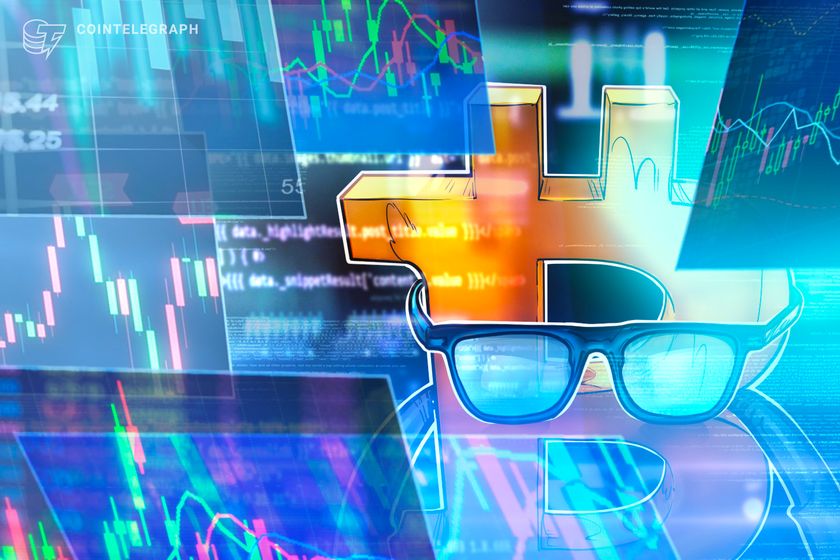

On April 7, the CBOE Volatility Index (VIX) posted a rare spike to 60, a level seen as a barometer of extreme market fear and uncertainty. According to Dan Tapiero, CEO of 10Tfund, the only five times in the last 35 years, and data suggests a rebound for risk assets such as Bitcoin in 6 to 12 months.
The VIX, which is widely considered a "fear gauge," reflects investor expectations of market turbulence based on S&P 500 options trading. As illustrated in the chart, extreme spikes were seen in 2008 and 2020, typically coinciding with market bottoms, where panic-driven sellers paved the way for generational market entries.
In light of that, Tapiero argued that the current spike is no different, with the worst of market fears likely "priced in," setting the stage for a positive future. Tapiero said that “odds favor better future.”
Likewise, Julien Bittel, head of macro research at Global Macro Investor (GMI), Tapiero’s claim and said that tech stocks are at their most oversold since the COVID-19 crash, with over 55% of Nasdaq 100 stocks posting a 14-day RSI below 30. Such a market signal has occurred only during major crises like the 2008 Lehman Brothers collapse and the 2020 COVID-19 pandemic.
Bittel that after the VIX touched 60 last week, it implied peak uncertainty, which breeds fear in investors’ minds. Briefly touching on the US Investors Intelligence Survey, Bittel compared the current bullish sentiment of 23.6% to the lowest reading since December 2008.
Additionally, the American Association of Individual Investors (AAII) survey respondents are currently 62% bearish, reflecting the highest bearish reading since March 2009. Bittel said,
“In other words, we’re back at the same levels of fear that marked the bottom of the equity market after the Global Financial Crisis.”
This widespread fear, alongside a rare VIX spike, sets up for market entries in assets like Bitcoin, as the recovery of market liquidity will inevitably flow back into risk-on assets.
While macroeconomic experts highlighted the possibility of a bullish outcome for risk assets, markets analyst Tony Severino that the Bitcoin/VIX ratio might also lead to a bear market. In a recent X post, Severino predicted that Bitcoin could have already peaked this cycle, but remained open about a possible change in opinion by the end of April.
As illustrated in the chart, Severino noted a sell signal at the beginning of January. The analyst used the Elliott Wave theory model to pinpoint the current bearish conditions and said that it is still early to say that Bitcoin will turn bullish based on the VIX correlation.
This article does not contain investment advice or recommendations. Every investment and trading move involves risk, and readers should conduct their own research when making a decision.